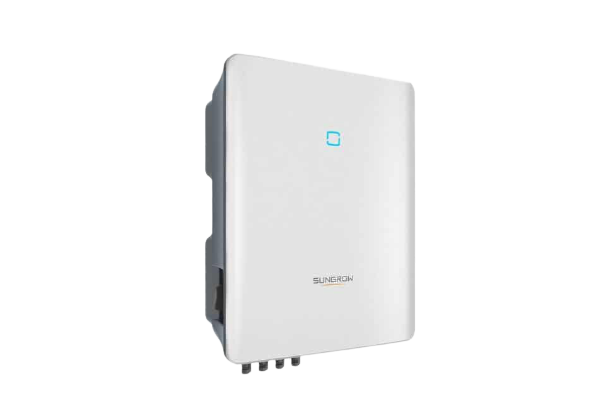Services
What We Offer :
Solar Panels

Solar Inverter


Solar Battery
A solar battery storage system will allow you to benefit more from having a solar power system. We’ve teamed with multiple manufacturers to assist Australians to store renewable power. Our ranges include Victron, PowerPlus Energy lithium, Trojan Batteries, BYD batteries, LG Chem RESU, Narada REXC, GenZ lithium, Enphase, Alpha ESS, Raylite, Simpliphi, Enirgi, Solax, Staunch Generators, Hoppecke, Pylontech, Selectronic & so Much More
F.A.Q.
A few of the frequently Asked Questions
- System production – The more kWh of energy your solar PV system produces, the more you are likely to save. However, system production is not just determined by the system’s size. It also comes down to other factors such as the location of the installation, site conditions (eg. pitch, orientation, direction), and the quality of the components used in the solar installation etc.
- Energy prices – As energy prices increase, the worth of your kWh production will only grow. Your buyback (sell) rate is also a factor in this equation, as the more you can get for excess solar production, the greater your savings will be and overall return from solar.
- Self-consumption – When you produce solar power, you can either use it yourself first or sell this excess energy back to your energy retailer or the grid. The savings generated from self-consumption are usually greater than selling back to the grid, which is why many homeowners try to maximise their savings by using this method.
Several aspects will need to be evaluated to determine if your home is a good solar site, such as orientation, space available, shadows on the space available and your current electricity usage. The best site will be one with adequate north-facing roofs that have no shade. Variations on that will cut into the productivity of the system.
Very harmful. It affects not only the performance of your system but also the lifespan of your solar panels.
- When a cell on a panel is shaded, it stops the production proportional to the percentage of light that is blocked on a cell. This causes the production of the panel and the others on that string to lower to this weakest point (this is a very good example of the phrase ‘a chain is only as strong as its weakest link). Also, the good cells are fighting the blockage, causing temperatures to rise drastically across the shaded cells. This reduces the panel’s lifespan and can even cause fires in extreme cases. The panels have bypass diodes to prevent this, but these have limitations that certain circumstances can overcome.
- Most 60 cell panels are wired in three substrings of 20 cells. Each of these substrings has a bypass diode. If one or more of the cells on that substring is shaded, the bypass diode can activate. This shuts off that substring completely, removing the hotspot and allowing the rest of the panel to perform at its maximum output. The issue with this is that you lose one-third of the production of an entire panel, and bypass diodes don’t cope well with frequent use. Bypass diode failures can then cause major issues, whether through them failing to activate or activating improperly.
- Shading can be better managed with panel-level optimisation (micro-inverters and optimisers). These substantially reduce the amount of work required from a bypass diode, while also increasing the performance and lifespan of a shaded panel. On top of all this, it also allows other panels to be unaffected by the shaded panel.
If you have shade on a panel, it’s important to speak to an experienced consultant and installer to minimise the production loses and ensure the longevity of your system by engineering ways around this issue.
There is a reason why choose us



